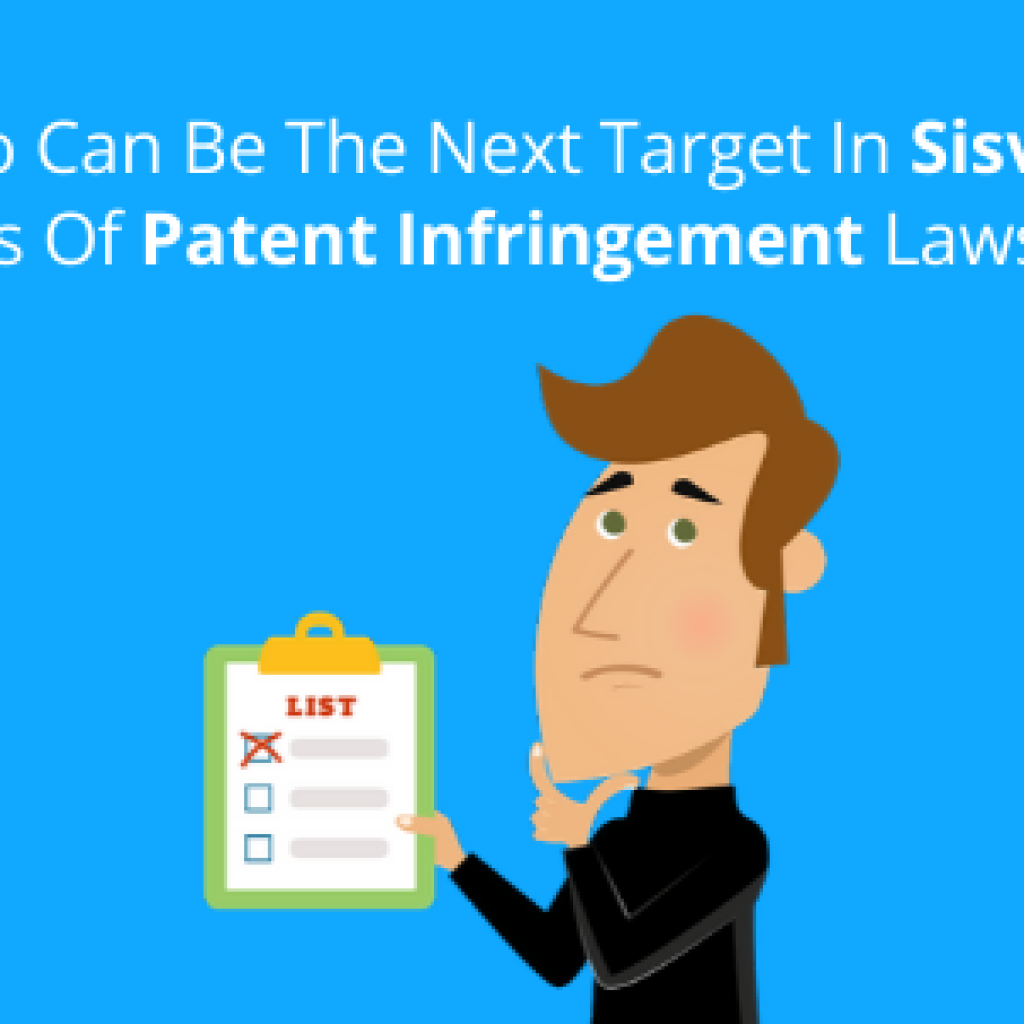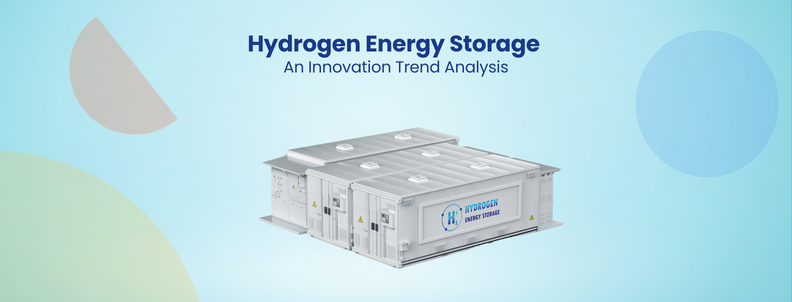IP Licensing is no longer a unique practice in dynamic technology domains. However, the key to success lies in finding the smartest and most creative strategy for analyzing infringement, which can significantly increase the revenue generated from a single patent. But what exactly will be the smartest strategy?
This case study exemplifies how QI standard mapping helped identify hidden revenue opportunities in a vast portfolio of 2000 patents. It further showcases how this IP strategy can be replicated in other dynamic technology sectors.
IP Licensing Project Initiation: Unveiling a Gem Patent
The process began with a thorough review of a vast patent portfolio covering the latest technical domains, such as wireless charging, optimized battery charging, and optics. This involved a detailed examination of the portfolio, including a quick review of the key patent claims, which is objective screening, and an in-depth analysis of the shortlisted patents from objective screening.
The complete analysis led to the discovery of a couple of gem patents infringing upon multiple products/standards. One such patent was US11XXXX8B2, related to wireless charging technology.
About the claimed technology in the subject patent
The patent provides a method for intelligently controlling a wireless charging receiver. The technology involves obtaining various parameters such as environment parameters, status parameters, and historical records of the device. Based on these parameters, a wireless charging requirement is set, which includes specifications such as voltage, current, power, speed, battery level, time, and costs. The core innovation lies in its ability to match the transmitter’s and receiver’s communication protocols, ensuring seamless and secure charging.
Analyzing US11XXXX8B2’s claims revealed a clear link between its features and the functionalities outlined in the wireless charging standards, particularly the protocol authentication between devices and the presence of a stop instruction.
This finding motivated us to look beyond the products and find the overlap of the patent with wireless charging standards.
What are the benefits of mapping a patent with a standard rather than a product?
Choosing to map the patent with the standard efficiently demonstrates the patent’s potential overlap with a wider range of products by various manufacturers adhering to the standards. This opens doors to broader licensing opportunities and potentially increased revenue.
Additionally, mapping to the standard provides a future-proof approach. As the standards continue to evolve, this strategy allows us to anticipate future products that might incorporate the patented technology, paving the way for potential enforcement or licensing opportunities.
What made us select the Qi standard over other wireless charging standards?
There are five mainstream wireless charging standards: Qi standard, Power Matters Alliance (PMA) standard, Alliance for Wireless Power (A4WP) standard, iNPOFi technology, and Wi-Po technology. However, the decision to map patent US11XXXX82 to the Qi standard rather than other wireless charging standards stemmed from a thorough analysis aimed at maximizing its IP licensing value.
The Qi standard has unmatched market dominance within the smartphone industry. Leading manufacturers like Apple, Samsung, Huawei, and Xiaomi integrate it as the default wireless charging solution on most devices.
To top it off, Apple released a preview of the next iOS update, and in response, Anker (a MagGo wireless chargers company) says its upcoming Qi2-compatible wireless chargers will provide faster 15W charging for iPhone 13, iPhone 14, and iPhone 15 devices. Since its introduction in 2012, Qi has been the only wireless charging standard available for smartphones.
As a result, after finding the novelty of the claim in the specs of the Q 1.3 standard, the search strategically focused on the Qi standard.
Key points considered when mapping the subject patent with Qi 2.0 standard using version 1.3 specs
Given the evolution of the standard across various releases, our initial focus lay in discerning the patent’s novelty. After doing the file wrapper analysis, we found that the claim element ‘’authentication of charging protocol’’ was introduced within version 1.3 of the Qi standard, which provides explicit support for authentication of Qi Certified wireless chargers.
While novel technology was present in version 1.3, we wanted to explore the latest Qi standard 2.0, which was launched in 2023. However, the latest version, 2.0 is available only for WPC Members to download.
Despite this, we insisted on showing the overlap using the Qi 2.0 standard for two reasons:
Major Smartphone companies such as Apple and Samsung support Qi 2.0 charging capability in their smartphones. Secondly, owing to its status as the latest standard, Qi 2.0 possesses a larger market presence, potentially yielding greater IP licensing revenue from the patent.
Since access to the full specifications was restricted, we turned to publicly available information to bridge the gap. The examination revealed promising indications:
- Compatibility with Authentication: Public documentation suggests that Qi 2.0 transmitters also require authentication, implying similar functionalities as in Qi 1.3.
- Consistent Core Protocol: Despite operational frequency changes in different modes, publicly available information indicates that the core authentication protocol remains consistent between Qi 2.0’s MPP mode and the EPP mode of Qi 1.3.
Below is the snapshot of the mapping prepared for the patent US11XXXXX8B2 against the Qi 2.0 standard:
| Subject Patent – US11XXXXX8B2 | Relevant text: |
| [Claim 5] Check if the wireless charging protocol of the power transmitter is matched with the wireless charging communications protocol of a power receiver. | Relevant text from Qi 1.3 specs The Qi Specification, Authentication Protocol (this document) defines the architecture and application-level messaging for Authenticating a Power Transmitter Product by a Power Receiver to ensure that the Power Transmitter Product is both Qi-certified and the product of a registered manufacturer. Authentication When a Qi-certified receiver (smartphone) is placed on/near the charger pad, it will send a short communication protocol to request a certification key from the transmitter (charger). The receiver uses a pre-defined algorithm to check whether the transmitter is Qi-certified or not. Source (Authentication) Relevant text from general literature During MPP mode, the transmitter and receiver operate at a frequency of 360KHz, compared to BPP & EPP’s operating frequency range of 87KHz to 205KHz. In addition, MPP’s improved communication lets it transfer data four times faster than previous power profiles, enabling faster authentication. Despite these changes, the authentication protocol between MPP and EPP (Version 1.3.x) remains the same. Source Analyst comment: Qi V1.3 specs mention the authentication protocol the receiving device uses to authenticate whether the wireless transmitter is Qi-certified. As mentioned in the above text, Qi V2.0 also uses the same authentication protocol to match the protocol of the transmitter and receiver, like Qi V1.3. Hence, the Qi V 2.0 standard overlaps with the subject patent. |
This chart, alongside excerpts from publicly available documentation and the established overlap with Qi 1.3, effectively demonstrated the patent’s potential relevance to the latest standard.
Conclusion
This IP licensing approach works well not just for wireless charging but also for other technologies that follow specific standards, like video coding, Wi-Fi, and 5G. Even if the newest details of these standards aren’t fully available, finding a patent’s core invention and linking it to the relevant standard can still lead to similar benefits.
If you are interested in exploring the potential of this strategy for your own patent portfolio, fill out the form below and unlock the hidden revenue potential within your patent portfolio.
Authored by: Sunidhi Sabharwal and Aadesh Srivastava, Patent Monetisation Team
Edited by: Annie Sharma










